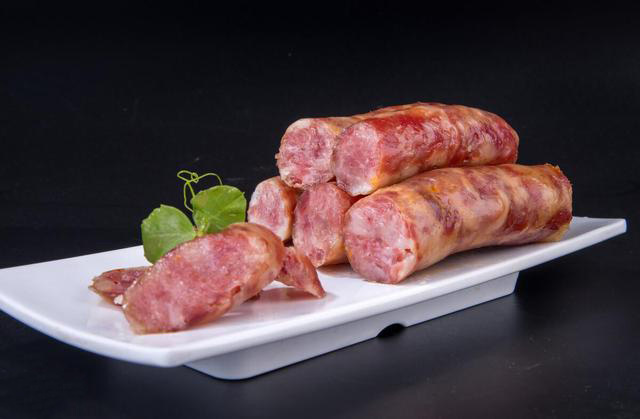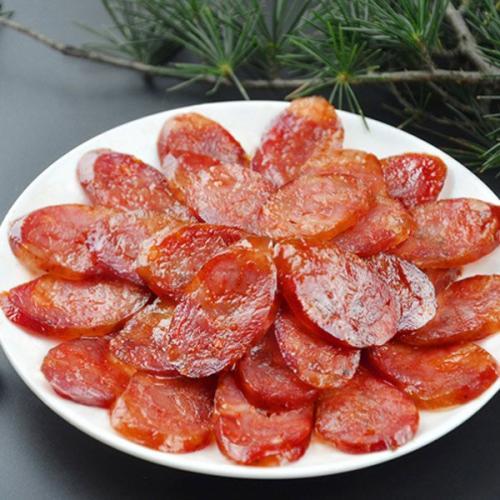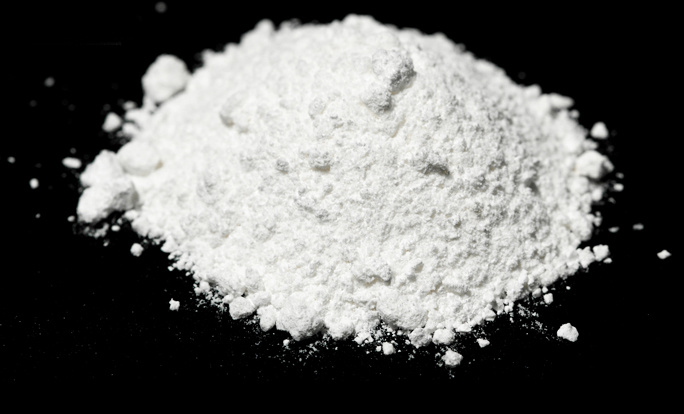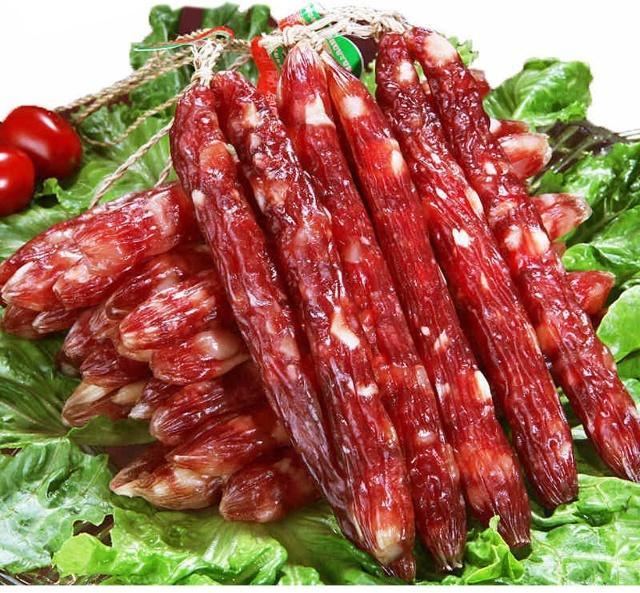Having eaten sausages for so many years, do you know how the outer casing is made?
Publish Time:
2021-02-03
It is common knowledge that casings are generally made from scraped pig, cattle, and sheep intestines, serving as sausage casings. They are more durable and hygienic than any artificial packaging. But what is the processing procedure that transforms raw intestines into usable casings? Let's explore the processing of casings below.
It is common knowledge that casings are generally made from scraped pig, cattle, and sheep intestines, serving as sausage casings that are more durable and hygienic than any artificial packaging. What is the processing technology from raw intestines to usable casings? Let's learn about the processing technology of casings below.
The following is an introduction using pig casings as an example:
1. Remove intestines and fat.
After removing the viscera, cut one end of the small intestine (it is required to pull the intestine immediately before cooling), then hold the small intestine with one hand and twist the fat edge with the other hand to slowly pull the intestine down, separating the fat from the small intestine. It is required that the intestine is not broken, and the entire intestine is intact (the machine operation procedure is the same).
2. Clean the intestinal contents.
After pulling off the fat, the small intestine is still warm and cannot be piled up, as piling up easily causes heat and spoilage. The intestinal contents must be cleaned out. Ensure the entire intestine is intact and unbroken.
3. Rinse thoroughly with clean water.
After cleaning out the contents, rinse with clean water to avoid internal residue.
4. Soaking and cleaning
Pour clean water into one end of the raw intestine, and drive the water to the middle, then fold the intestine into a loop and put it on a wooden stick. Place the wooden stick on the mouth of the wooden bucket, and immerse the raw intestine in clean water for washing. At this time, use the wooden stick to stir it from time to time, but only stir it up and down, not drag it, and do not let the intestine touch the bottom. Otherwise, the intestine is easily knotted or scratched. The purpose of soaking is to soften the tissue for scraping. The soaking time should be determined according to the climate, intestinal quality, etc., and should not be too long to prevent fermentation. Soak and scrape in time.
5. Scraping intestines
It is required that there are no injuries and few broken ends. The raw intestine is scraped from the middle to both ends or from the small end to the large end. When scraping, hold the knife steadily and evenly, and do not use too little or too much force. If it is difficult to scrape, do not force it, but scrape repeatedly gently to avoid scratching or damaging the intestinal wall. The back of the knife can be used to gently tap the difficult-to-scrape areas to soften the tissue before scraping. All scraping slabs must be smooth, hard, and free of knots to avoid scraping holes or incomplete scraping; scraping knives are made of bamboo, rubber, or iron, about 10 cm long and 6 cm wide. The blade should not be too sharp, but it should be flat.
6. Water injection inspection
Water injection not only checks the scraping quality of the casings but also washes away residual impurities, which is very important for maintaining the quality of the casings. Inspect the scraped semi-finished products one by one by injecting water. If any residue is found, scrape it off immediately, cut the ends evenly, and cut off damaged parts and opaque areas. Any holes should be immediately and accurately cut to avoid waste. Those with poor color should be picked out.
7. Measure size
Measure the size according to the specified specifications of the pig casing semi-finished products.
8. Marinate intestines
Untie the broken ends, rub with fine salt, re-tie the knots, and then marinate the whole batch evenly to prevent sticking together. Place each one in a sieve for about one day and night to gradually drain the raw brine.
9. Bundling
Fold the casings back and forth, each about 0.5 meters long. After folding, lift and tie in the middle for easy processing of finished products.
10. Storage
Before putting the casings into the tank, a small amount of fine salt should be spread on the bottom of the tank. Then, the marinated casings should be twisted tightly, tightly arranged layer by layer in the tank, leaving a certain gap in the middle of the tank. Cover the casings with a clean white cloth, and press down with a non-fading, odorless wooden board or stone, etc. Then pour in clear brine with a concentration of more than 24%. The brine should exceed the casings by about 6 cm to prevent the casings from deteriorating. Finished casings should not be stored for a long time!
The above is the production process of casings. As an indispensable material for sausage making, the production and processing of casings must be cleaned and disinfected. The stages where chlorine dioxide disinfectant can be used in the casing production and processing workshop mainly include the purification and disinfection of production water, the soaking and cleaning disinfection of casings, the disinfection of production tools, the disinfection of storage containers, the disinfection of the workshop environment, hand washing of operators, and workshop odor removal, etc. Different concentrations of chlorine dioxide are used in different stages.
Previous Page
Next Page
Latest News












